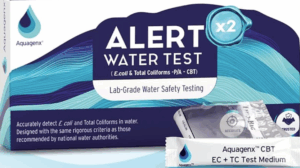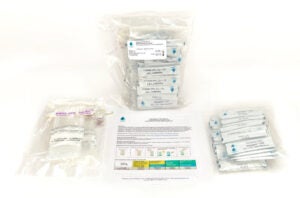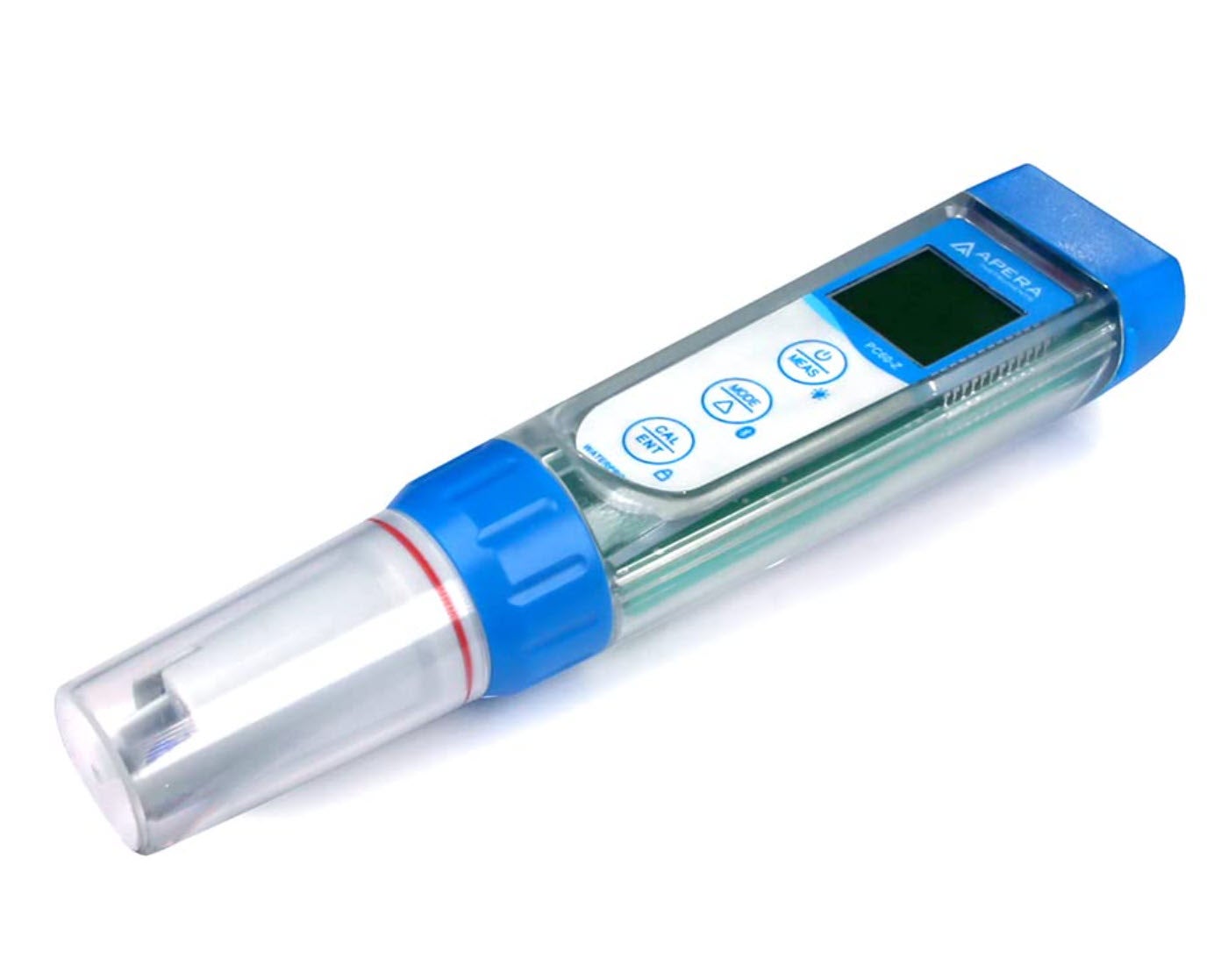What is pH in Well Water and How to Check It
Guest post by Christopher Roemmele, PhD
When we hear the word “acid” or “acidic,” we might think of heartburn or a sour stomach. We might reach for the Tums, Rolaids, or Pepto Bismol to soothe us, and in time the discomfort subsides.
However, it is important to know that what is making our insides feel a bit on fire is not the water we drink from our wells and flowing through pipes to our faucets.
The water we drink must be safe to drink and not affect us in a negative way. Our drinking water should not be acidic. We also don’t want our drinking water to be alkaline, or basic, which is the opposite of acidic.
Ideally, water should be neutral, or right smack in the middle of acidic and alkaline.This is why it is important to regularly test well water to measure its pH. pH is a quantitative measure of the acidity or basicity of an aqueous (of or containing water) solution.
It isn’t just water that can be tested for pH. Virtually any liquid or solid can be analyzed for its pH. pH stands for the potential for hydrogen (gaseous substance). This makes sense when you remember that the chemical formula for water is H2O, and the H stands for hydrogen.
Not all the hydrogen in a glass of water bonds to the oxygen atom, which is the “O” in H2O. Some of it might be “free” or detached. How much “unattached” hydrogen there is relative to the actual complete water molecule is what we measure when we test the pH.
The range of pH is from 0 to 14, with 7 being neutral. Something with a pH of less than 7 indicates acidity. A pH greater than 7 indicates the substance is basic (alkaline). Because pH can be affected by something other than the water itself, it is an important indicator that water is changing chemically.
pH is reported in “logarithmic units.” Each number represents a 10-times change in the acidity/basicness of the water. Water with a pH of 5 is 10 times more acidic than water having a pH of 6. Some beverages we drink are acidic, such as soda and orange juice (pH of 3) and coffee (5), which might be the reason we want to be careful about how much of those liquids we drink.
Battery acid has a pH of 0, which is why we want to avoid coming into physical contact with it. Alkaline or basic items we might regularly interact with are baking soda (pH of 9.5), ammonia (11), bleach (13), and drain cleaner (14).
Any chemical or substance on either end of the pH scale getting into our groundwater is not a good thing. If the groundwater pH is too high (greater than 7), it will cause the water to have a bitter taste. Additionally, water pipes and appliances that use water with high pH become encrusted and limit water flow.
High pH also decreases the effectiveness of chlorine disinfection, causing the need for additional chlorine when pH itself compounds the problem. Low-pH (acidic) water will corrode or dissolve metals and other substances, including the lining of our esophagus (digestive tract) and especially our teeth enamel, leading to tooth decay.
The pH of groundwater is affected by natural occurrences and human activities. Different types of soil, plant life and decomposing materials can impact pH levels, as can acidic rainfall. A rock such as limestone can cause water to be more alkaline due to the amount of calcium carbonate the water picks up. Water flowing through shale or siltstone, or especially coal, could become more acidic, often due to the presence of sulfur-bearing minerals that drive down the pH.
Examples of human activities that can alter pH levels are industrial discharge and septic systems.
Surface water like rivers and lakes, which are connected to groundwater, should remain free from contamination that decreases or increases the pH too far from 7 or neutral. Aquatic life, both plants and animals, can only survive in water within a limited pH range. Dying plant and animal life is also a signal that the water’s pH is dangerous and can further contaminate groundwater – and ultimately drinking water sources.
How to Check pH Levels in Well Water
To check for pH levels in their drinking water, well owners either send samples to a lab for analysis, hire a water testing professional, or buy DIY pH tests online or in home improvement stores.
The U.S. EPA says pH in drinking water is a National Secondary Drinking Water Regulation, meaning it’s not federally enforceable. Their recommended range for pH in drinking water in 6.5-8. This range ensures that the acidity or alkalinity of the water isn’t harmful to human health, plumbing systems, or crops.
Our general health depends on many factors, but our drinking water shouldn’t be one of them. Checking the pH of your well water is a relatively quick and easy way to ensure the safety and integrity of your body, and your well, well pump, and pipes.
Christopher Roemmele, PhD., is Associate Professor and Assistant Chairperson of Earth and Space Sciences at West Chester University, PA
Key Terms
Aqueous: of or containing water
pH: Quantitative measure of the acidity or basicity of aqueous or other liquid solutions
Hydrogen: Colorless, odorless, tasteless, flammable gaseous substance that is the simplest member of the family of chemical elements
Alkaline: Alkalinity is having the properties of an alkali or alkali metal; Substances that are Basic, especially a solution with a pH of more than 7
Acidic: Having a pH less than 7, or being sour, or having the strength to neutralize alkalis, or turning a litmus paper red.
Aquagenx Well Water Test Kits
•P/A test results for E. coli and Total Coliforms, 100mL samples
•Distinguishes between E. coli and Total Coliforms
•Simple test, color change test results easy to interpret
•No labs or electricity required
•Room temperature incubation at 77° Fahrenheit and above
•Room temperature test results in 20-48 hours
•Three year shelf life of E. coli growth medium when stored properly
Buy on Amazon & Walmart
Buy kits that contain 2, 5, or 10 tests

Buy In Bulk from Aquagenx
Buy kits that contain 25, 50 or 100 tests


